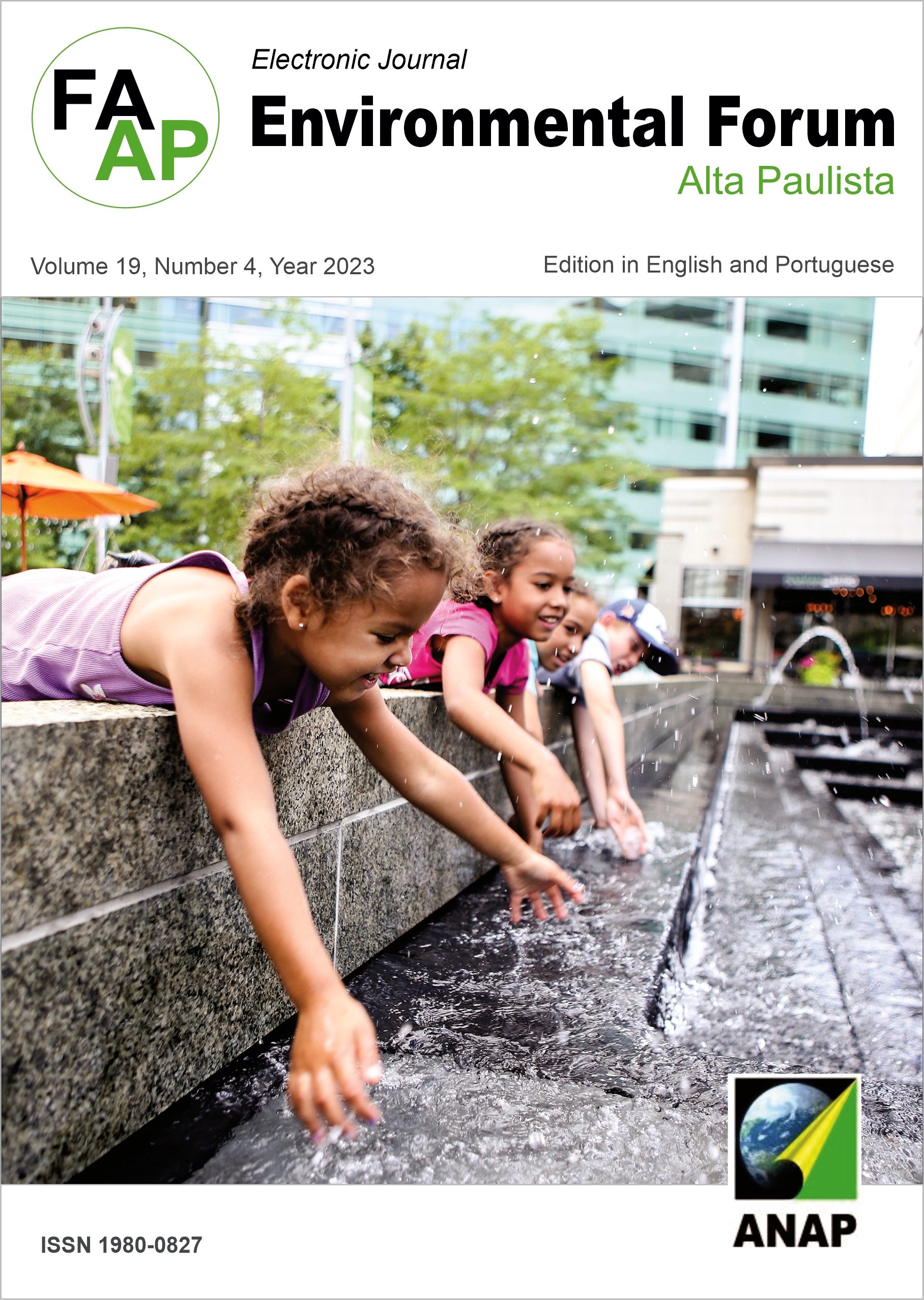Mapeamento das pesquisas científicas sobre análises ecotoxicologicas com zebrafish (Danio Rerio) em efluentes têxteis entre os anos de 2011 e 2021
DOI:
https://doi.org/10.17271/1980082719420234097Palavras-chave:
Toxicidade, Efluentes industriais, BioindicadorResumo
A grande carga de poluentes existentes nos efluentes industriais têxteis faz com que seja necessário a realização de análise ecotoxicológica. O mapeamento destas análises em modelos animais poderá auxiliar no esclarecimento da possível toxicidade que estes efluentes têxteis possuem. Deste modo, o presente trabalho teve como objetivo mapear a evolução das publicações científicas em relação ao emprego do zebrafish (Danio rerio), como um modelo animal bioindicador de qualidade ambiental, para análise ecotoxicológica de efluentes têxteis no horizonte de dez anos (2011 a 2021). Para tal, foram estabelecidas três etapas metodológicas: amostragem dos artigos, análises cienciométrica e bibliométricas e revisão sistemática da literatura. Foram encontrados 12 documentos. Observou-se que os estudos ecotoxicológicos dos efluentes têxteis utilizando o zebrafish é uma vertente recente e pouco estudada, porém promissora. Dentre os trabalhos destacaram-se aqueles originários do continente asiático. Verificou-se que a Revista Environmental Science and Pollution Research foi a única com duas publicações. A análise de similitude gerou uma árvore de palavras com sete grupos (halos). Entendeu-se que os efluentes indústrias têxteis possuem uma ligação direta com a toxicidade causada pelos corantes, essa toxicidade pode ser detectada por análises realizadas com o bioindicador zebrafish. Observou-se que as avaliações ecotoxicológicas com o zebrafish podem ser realizadas por meio de diferentes metodologias. No entanto, algumas se mostraram mais complexas que outras e apresentaram resultados mais robustos, como as análises embrionárias e larvais. Estas análises foram consideradas benéficas em comparações com outros modelos animais, por serem de baixo custo, necessitarem de um curto período de tempo e respeitarem uma norma internacionalmente imposta (OCDE 236). Diante disto, concluísse que o zebrafish é um modelo promissor para análises ecotoxicológicas de efluentes têxteis.
Downloads
Referências
Downloads
Publicado
Edição
Seção
Licença

Este trabalho está licenciado sob uma licença Creative Commons Attribution-NonCommercial-ShareAlike 4.0 International License.













